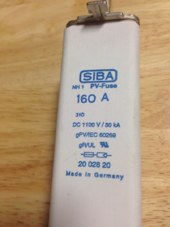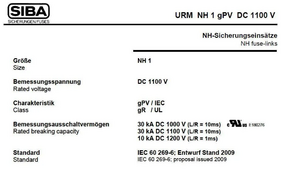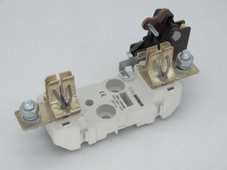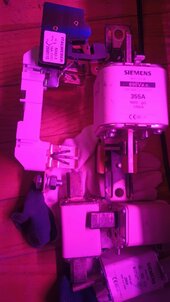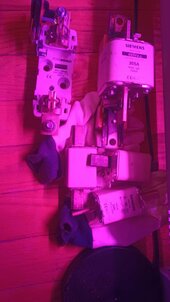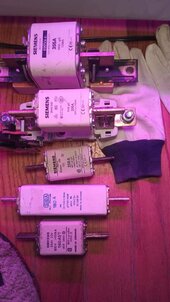michael d
off-grid solar pilgrim
can you explain the gG vs the gL more for the tripping curve???gG is not the dual rating for ac and dc but instead shows the tripping curve. gG is for standart uses, gL is slow-fast (sounds stupid but means that it is slow for low overcurrents and very fast for higher ones)
A proper NH glove costs ~35€ here in germany, for your 24V system a simple NH grip would be more than enough. The glove is there to protect you when you pull an NH fuse in the grid with 230/400V incase there is an arc flash.
what would be the better one...???
It seems most of the ones I have purchased say gG on them...
again >>> a super thanks for all your informative replies....



